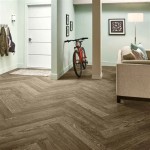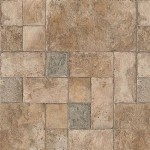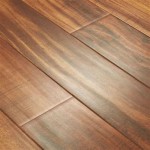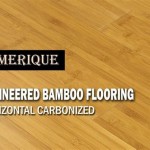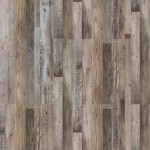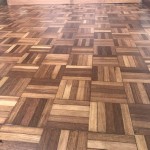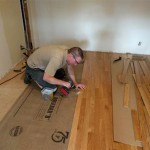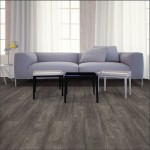Stair Nosing: The Finishing Touch for Solid Wood Flooring
Solid wood flooring lends an air of elegance and warmth to any home. To complete the look and ensure safety, stair nosing is an essential element. This transitional piece connects the flooring on the stairs to the landing, providing a smooth and secure transition.
Choosing the right stair nosing for your solid wood flooring is crucial, as it can impact both aesthetics and functionality. Here are some important factors to consider when selecting and installing stair nosing:
Material
Stair nosing should be made of a material that complements the solid wood flooring. Common options include:
- Solid wood: Matches the flooring perfectly, offering seamless transitions and a cohesive look.
- Engineered wood: Similar in appearance to solid wood but more stable and moisture-resistant, making it suitable for high-traffic areas.
- Metal: Provides a durable and slip-resistant surface, often used in commercial settings or on outdoor stairs.
Shape and Profile
Stair nosing comes in various shapes and profiles, including:
- Bullnose: Rounded over, providing a soft and comfortable transition.
- Square: Sharp-edged, creating a more modern and minimalist look.
- Cove: Concave, offering a gentle curve for a subtle and elegant transition.
- T-molding: T-shaped, bridging the gap between two surfaces of different heights.
Finish and Color
The finish and color of the stair nosing should harmonize with the flooring. Choose a finish that matches the sheen and texture of the wood, enhancing the overall aesthetic appeal.
Installation
Proper installation is crucial for the safety and durability of stair nosing. It should be secured to both the flooring and the stairs using nails or screws. Ensure a tight fit to prevent any gaps or movement that could create a tripping hazard.
Considerations for Solid Wood Flooring
When choosing stair nosing for solid wood flooring, consider the following:
- Expansion and Contraction: Solid wood flooring expands and contracts with changes in temperature and humidity. Select a stair nosing that allows for this movement without buckling or separating.
- Nailed Down vs. Floating: The type of flooring installation (nailed down or floating) may influence the type of stair nosing you can use. Consult with a professional to determine the best option for your particular flooring system.
- Slip Resistance: Stair nosing should provide a slip-resistant surface, especially in areas with heavy foot traffic or where moisture is present.
Conclusion
Stair nosing is an essential finishing touch for solid wood flooring, combining aesthetics with safety and functionality. By choosing the right material, shape, finish, and installation method, you can create a seamless and elegant transition that enhances the beauty and practicality of your home.

Solid Hardwood Stair Nosing

Solid Wood Stair Nosings Flooring Accessories Tarkett

Stair Nosing Solid Natural Oak Craftedforlife

Solid Oak Stair Nosing Grooved 1m Flooringdirect2u Com

V4 Wood Flooring Solid Oak Flush Fit Stair Nose Carpets And More Ltd

15mm Oak Stair Nosing Wood Flooring Supplies Ltd

Stair Nosing Solid Natural Oak Craftedforlife

Stair Nose Lord Parquet Co Ltd

Kahrs Woodloc Oak Stairnose 1200mm And 1830mm Lengths Hamiltons Doors Floors

Hardwood Stair Nosing Tongue Groove 3m Option B Flooringdirect2u Com
Related Posts

